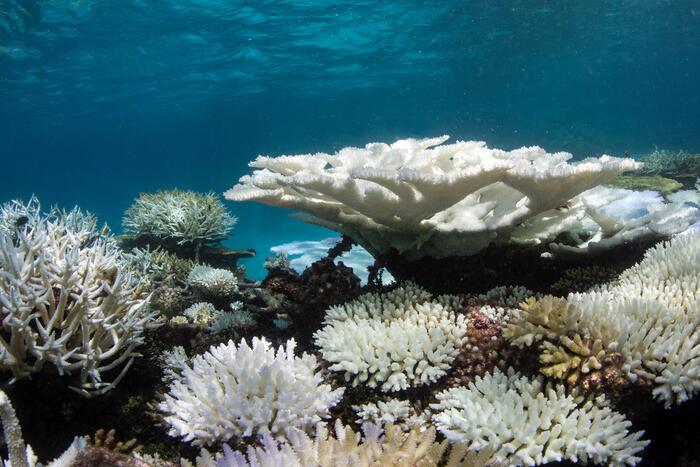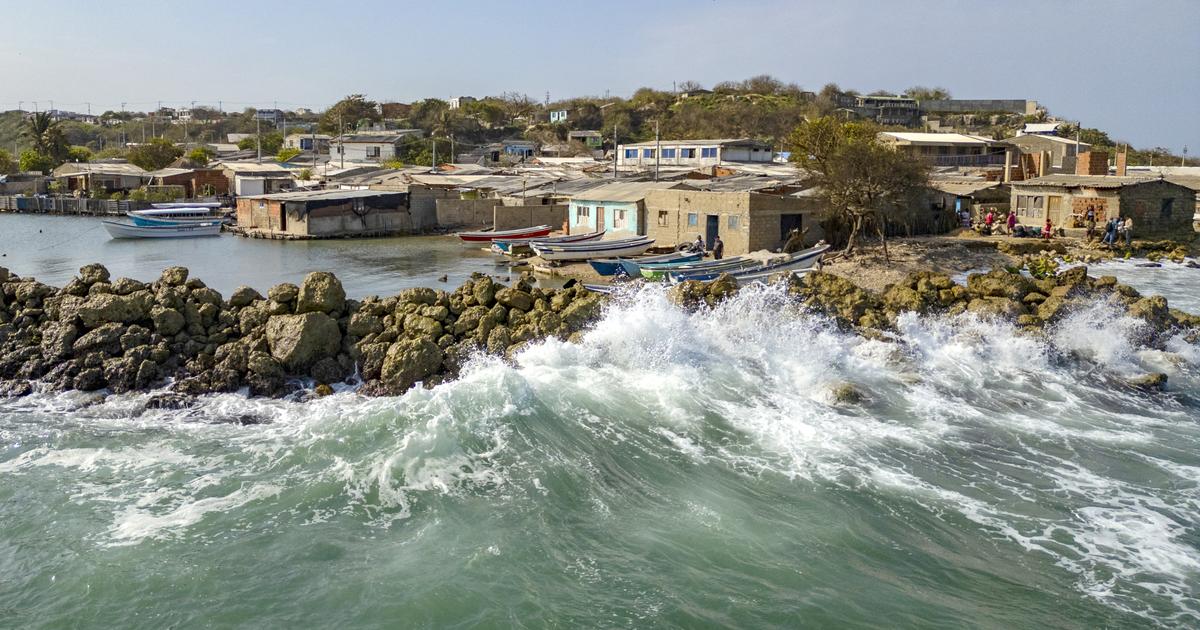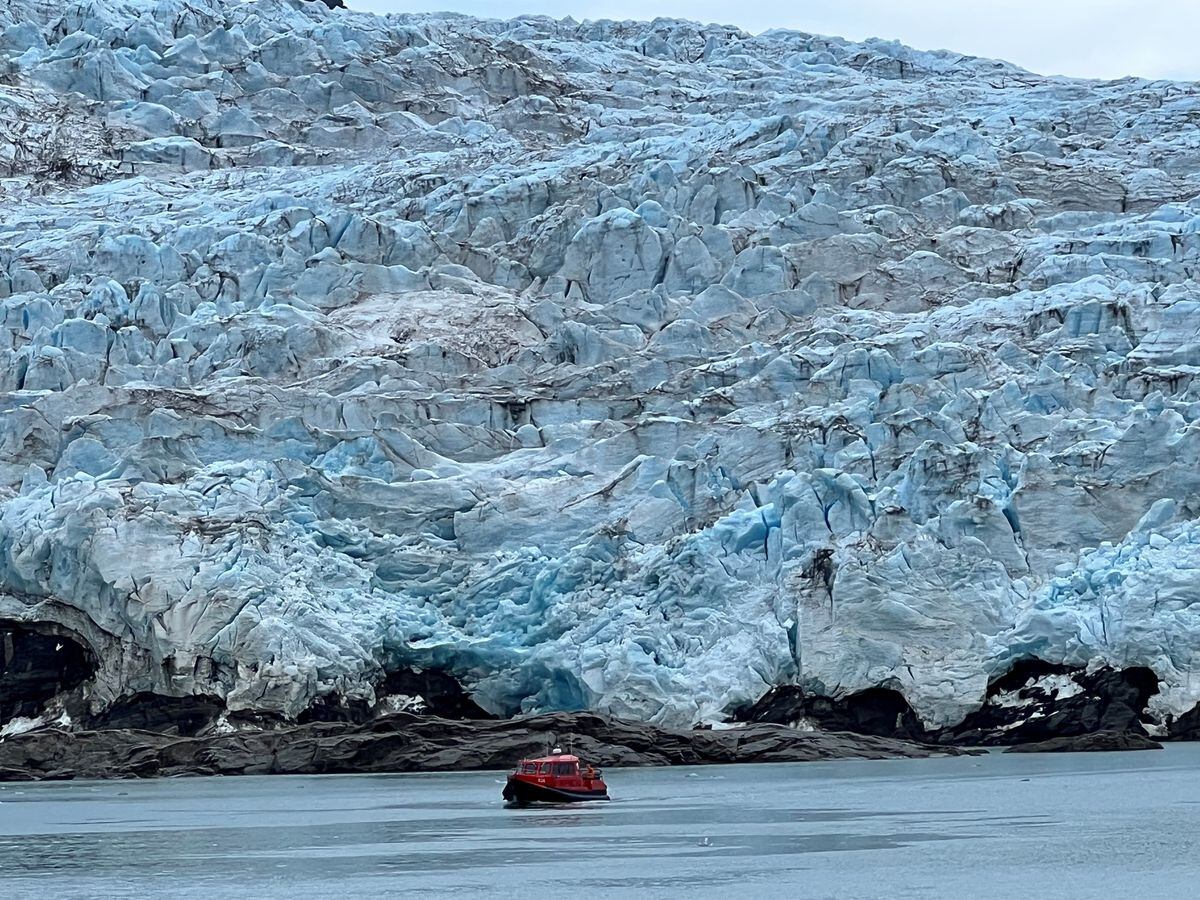This is only a simulation, but it gives food for thought.
By modeling the rise in the level of the Mediterranean, Climate Central gives us an idea of what the Catalan coast could look like in the decades to come.
Thus in 2100, at + 1.5 °, ie the increase in average temperature forecast in the most optimistic scenario of the IPCC, the Pyrénées-Orientales will have lost their lagoons.
The seaside resorts of the coast, from Barcarès to Argelès, will have their feet in the water.
Four degrees higher, that is to say the hypothesis of the penultimate most dramatic scenario, it is the villages of the coastal strip that will have the air of Venice, from Sainte-Marie to Argelès…
In blue the influence of the sea on the land of Roussillon at + 1.5 °.
In red at + 4 ° under the most degraded scenario of the IPCC.
Climate Central
In the Natural Marine Park of the Gulf of Lion, which stretches off the Catalan coast, we are naturally following this issue with attention.
"It is difficult to base oneself on a precise timetable, or even on precise consequences, but it is clear that in the long term it will be difficult to live with your feet at the water's edge in this sector", warns Grégory Agin, responsible industrial uses and maritime development mission.
“We estimate that the sandy coast of the Pyrénées-Orientales lost 15 million cubic meters of sand between 1984 and 2019,” he adds.
Potentially significant submersions
This sand is partly drained to the north by the currents, and its absence weakens the coast. But other factors contribute to this erosion. “We took a lot of sand from the quarries, we built a dam on the Têt, so many deposits are lacking today. "
However, it is not so much the continuous rise in sea level that worries Grégory Agin as the increasingly deleterious conjunction always possible between the elements.
He explains: “The worst situation - it occurs regularly - is to combine a meteorological depression, which, by decreasing the atmospheric pressure, allows the sea to
swell
in a way, and intense rains generating floods.
It is in this combination that we can undergo significant submersion, because the water of rivers and streams fails to flow.
"
Read also Floods, fires ... are the French poorly prepared for disasters?
And to protect themselves?
He believes that the best solution remains to consolidate the dunes, fragile and reduced due to the tramontana which pushes the sand towards the sea, to take care of the Posidonia meadows which absorb part of the energy of the swell ... While changing approach by admitting that defending oneself is not useful and that it is better to think about adapting… From today.









